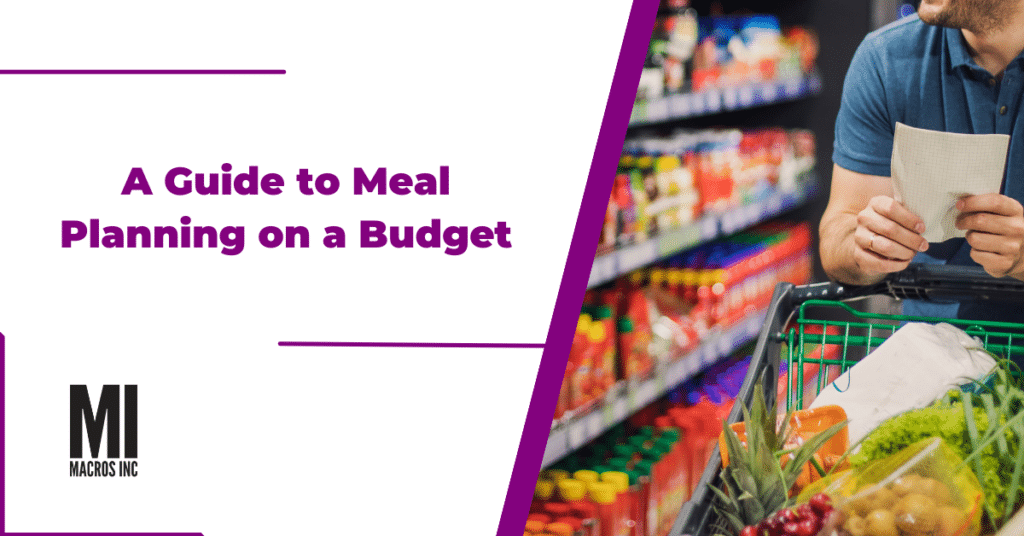Meal planning is good for your diet, but it can also be good for your wallet. While much of the focus on meal planning is about weight loss or macro management, being conscious about your meal decisions is also a great way to save money.
On the surface, meal planning isn’t super difficult. But meal planning on a budget can be a bit more complicated, especially with all the extra thought it involves.
So, to help you get started, here’s our ultimate guide to meal planning on a budget. Use these tips as a starting point and you’ll quickly pick up some good habits for saving money at the supermarket.
Jump to a Topic
A Guide to Meal Planning on a Budget
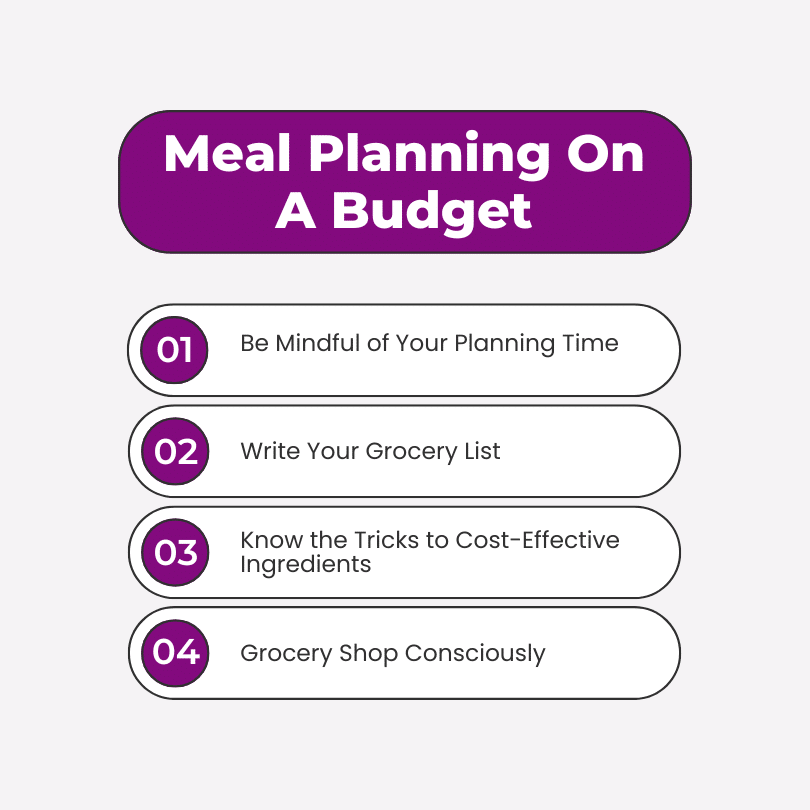
1. Be Mindful of Your Planning Time
Before you even start your meal planning, make a plan for when you’re going to plan! It can take a good hour or more to write up a full meal plan and grocery list, especially if you need to dig around in your pantry to know what you’ve got in stock.
So, start by blocking out some time in your calendar to get all this done. Obviously, you’ll want to do your meal plan (and ideally grocery shopping) before the start of a new week. It makes sense, then, to do meal planning on a Friday or over the weekend.
Similarly, if your meal plan involves prepping, set aside time for this too. Some people meal prep in bulk, whereas others will simply cook each meal on the day they eat it. Whichever approach you take, make sure you have time in your schedule to actually make the meals you’ve planned.
2. Write Your Grocery List (And stick to it)
This is a bit of a no-brainer. Once you’ve planned your meals, write your grocery list and stick to it when you go shopping. Similarly, decide on your grocery budget for the week and stick to this, too.
An age-old tip for grocery shopping on a budget is to never go to the supermarket when you’re hungry. Low blood sugar increases our cravings, and stores are designed to play to our desires. So, make sure you’ve at least snacked before you go grocery shopping, and you should find it much easier to stick to your list.
3. Know the Tricks to Cost-Effective Ingredients
Some ingredients will be more expensive than others – there’s no getting around this fact. However, you can save money by looking for cost-effective options wherever possible. Of course, this’ll look different depending on what you plan to buy, but some tips include:
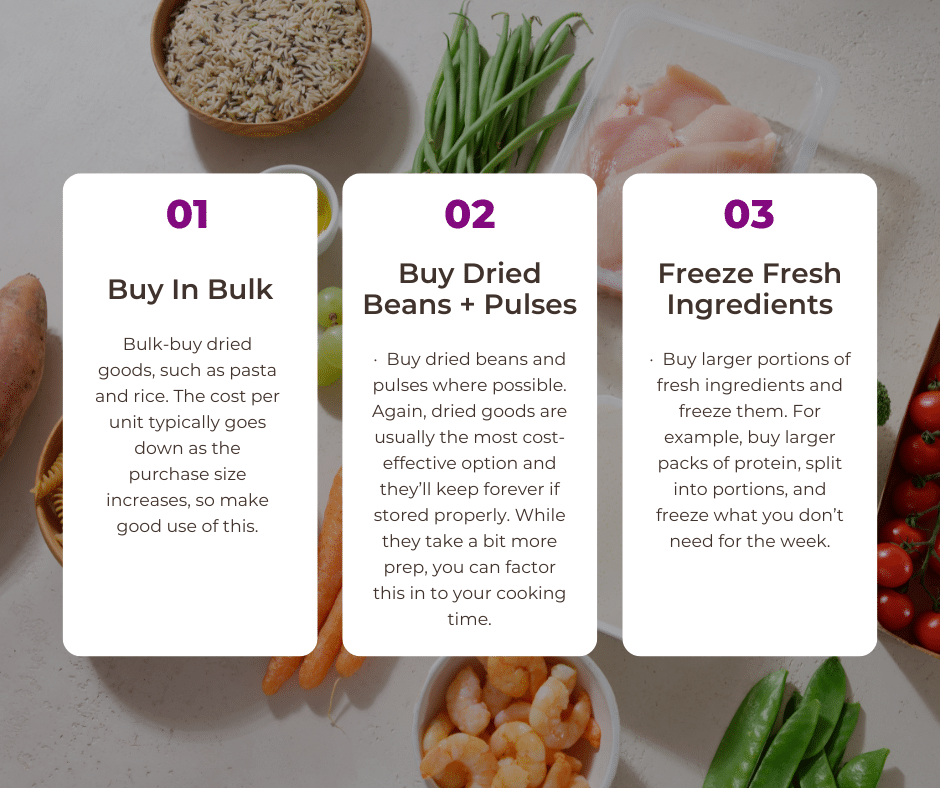
One of the most useful areas to apply this logic is vegetables. In most cases, pre-chopped vegetables might save on prep time but they don’t save on cost. However, there are exceptions to this rule, such as spinach and mushrooms.
Frozen spinach is one of the most cost-effective veg hacks you’ll find. Fresh spinach can be surprisingly expensive considering how much you usually need, and it can spoil quickly in the refrigerator. The same is often true for mushrooms, which can go bad in a week or so.
4. Grocery Shop Consciously
As well as going to the store with a full stomach, be mindful of how you actually shop. Buying in bulk will help to save money on things you’ll use regularly, whether you’re getting fresh or store cupboard ingredients. However, remember to ask yourself the following questions:
- Will I really use this much?
- Can I make use of it before it goes bad?
- Is the advertised price per unit cost-effective?
- Do I have storage space?
For example, a bulk pack of turkey mince might look super appealing because you’re getting a lot of protein, but what will you do with it all? If you’ve got the time and space to prep meals and freeze them, go for it. If not, stick with your normal purchase because wasted food means wasted money.
Also, know when to switch to generic or budget options. A good example is tinned tomatoes. While named brands are usually objectively better quality, the difference is unnoticeable when you’re chucking them in a pasta sauce. You can compensate for the higher acidity of budget brands by simply adding a bit of sugar.
5. Focus on Multipurpose Foods
Do your meal planning around multipurpose ingredients, especially ones that can go bad fairly quickly. If you’ve found some bulk protein on sale, make several recipes out of it. If you only need half a head of lettuce or some other easily perishable vegetable for a dish, have something in your back pocket to make use of the rest of it.
Another useful option is to have some tumbledown recipes in hand. These are recipes that you can use to make new meals with the leftovers, allowing you to get far more for your money from the base ingredients.
Perhaps the best example is a basic bolognese sauce. After making the sauce in bulk, you can easily use the leftovers for a lasagna, a chili, or a moussaka. This could net you at least 4 different meals from the same sauce, with some only needing a handful of extra ingredients.
6. Double Up and Freeze Down
Similarly, you might find it easy to double up on the quantities of ingredients needed in some recipes. Say, for example, that you’ve found a good deal on bulk beef mince this week but your meal only needs half of it. Double up the recipe, freeze half, and pull it out another time when you can’t be bothered to cook.
7. Save Money on Protein
Unless you’re really savvy with your grocery shopping, meat will often be the most expensive part of your grocery budget. Luckily, it’s usually not difficult to swap meat out for a cheaper, plant-based source of protein.
Lentils can often be used in place of mince in things like pasta sauce or lasagna. Quinoa is another good source of protein, as are beans, chickpeas, and other pulses. You can buy all of these dried and in bulk, meaning you should always have a decent supply in your pantry.
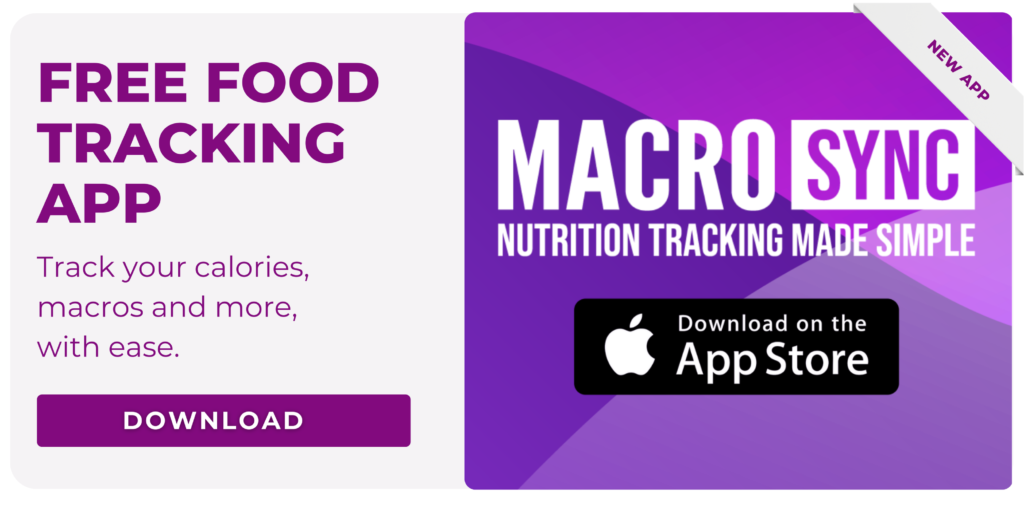
8. Look for Deals and Coupons
Coupons have long been the savior of the budget shopper. Luckily, it’s easier than ever to find good deals thanks to stores’ apps and websites. So, when you’ve got a bit of free time, browse the internet for decent deals at your local grocery stores to see if you can save money on things you’d be buying anyway.
Be careful with your couponing, though. It can be easy to get sucked in by a “good deal”, but it’s only a deal if it’s something you actually need. Saving a few dollars on something you wouldn’t otherwise be buying is still money you don’t need to spend.
9. Don’t Forget About Leftovers
Leftovers can be a quick and consistent way to both save and lose money. If you’re mindful of what you’ve got left over and know when you can use it, you’re saving money both through not generating waste and by not eating “new” food.
But if you leave the leftovers in the refrigerator and move on to a new meal, you end up wasting a lot of good food. If you find this happens a lot, add leftovers into your meal planning. For example, if you make a bulk lot of pasta on Monday, pencil it in for lunch on Wednesday. You can never be overprepared when meal planning on a budget, so make use of those leftovers.
10. Write Down Every Meal (But remember to be flexible)
When meal planning on a budget, don’t just focus on dinner. Write down breakfasts and lunches too, and even snacks. The more detailed you can be with your weekly meal plan, the stricter you can often be with your grocery budget.
However, you should always keep a bit of flexibility in your meal plan. For example, if you go grocery shopping and the protein you buy has a short use-by date on it, you might need to switch around some dinners to cook it before it goes bad. Generally speaking, as long as you have a week’s worth of meals planned, you can play around with them as needed.
Free Meal Planner
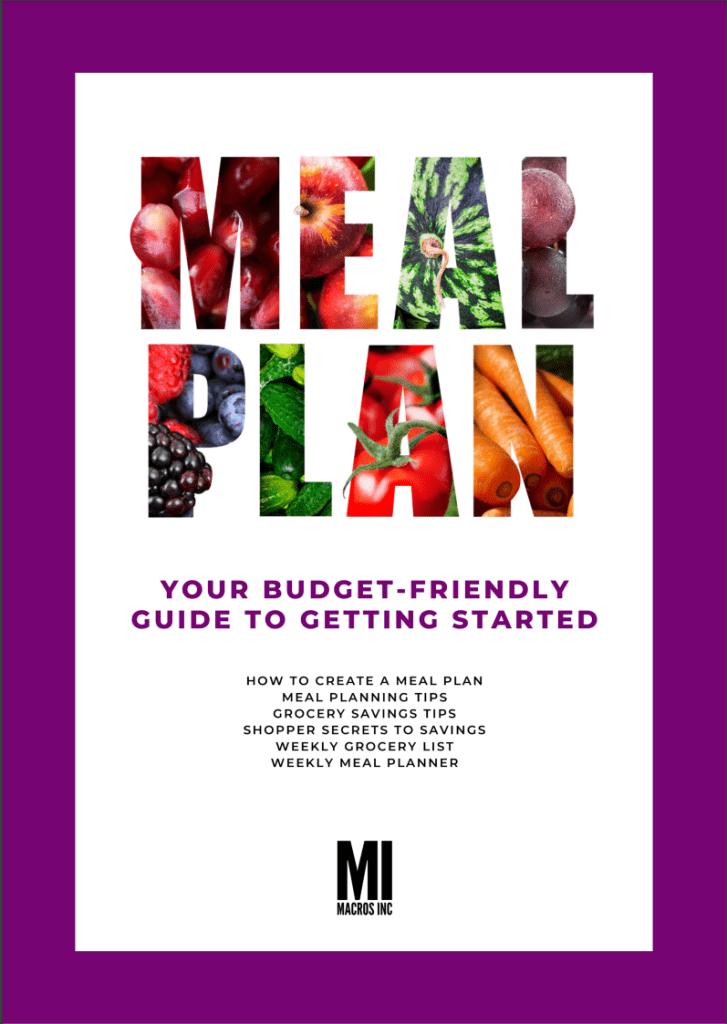
Final Thoughts
Meal planning on a budget can be time-consuming, but once you’ve developed good habits, you’ll be able to save a good bit of money. Just make sure you always go to the supermarket with a list and a budget (and a full stomach!) and everything should fall into place when you get around to meal prepping.
Try our nutrition coaching, for free!
Be the next success story. Over 30,000 have trusted Macros Inc to transform their health.
Simply fill out the form below to start your 14-day risk-free journey. Let's achieve your goals together!

